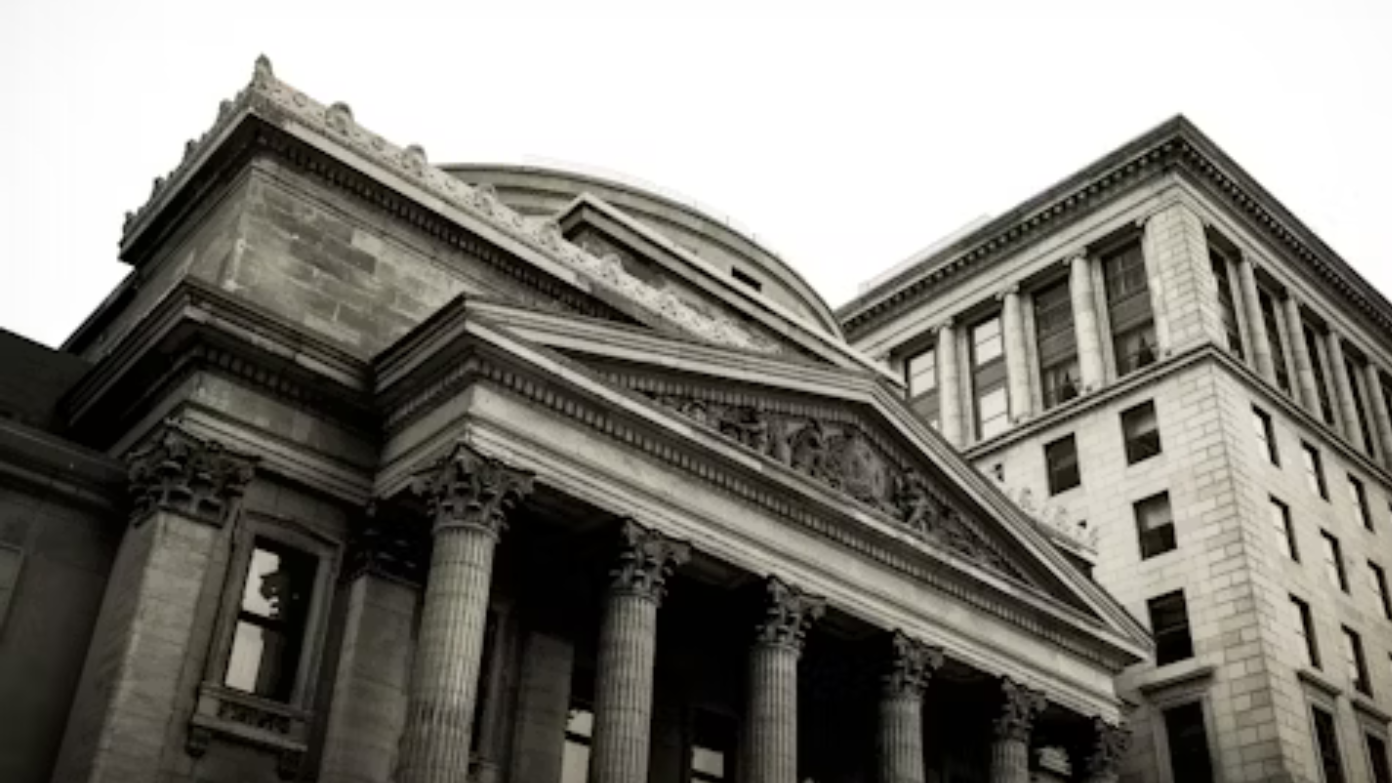The Federal Reserve meets next on October 28-29, 2025, at a critical juncture in the United States economy. It faces a slowing labor market and receding inflation, new challenges, and market sentiment is strongly in favor of another cut in interest rates at this session. The move has huge stakes for mortgage rates, employment growth, and consumer borrowing costs across the country.
Market expectations for October
Financial markets are factoring in an all-time high probability that the Federal Reserve will lower the federal funds rate another quarter of a percentage point, to 3.75 to 4 percent. It would be just the second rate reduction of 2025, after the initial quarter-point cut in September lowered rates to 4.00 to 4.25 percent as detailed here, Peter Navarro slams Fed despite interest rate cut. Market participants were assigning a 97 percent likelihood to this decrease as of mid-October, based on the CME FedWatch tool, which examines rate expectations in fed funds futures.
Federal Reserve policymakers have increasingly been sending a message that they are in favor of further easing. Fed Governor Christopher Waller said he is in favor of a rate cut in October because of mixed signals on the condition of the labor market, and St. Louis Federal Reserve President Alberto Musalem said he could vote for another cut in the policy rate. Even those who want to be more cautious acknowledge the argument for further reductions. Deutsche Bank economists have termed the scheduled October cut a “done deal.”
The decline of the labor market
The primary explanation for projected rate cuts is the sudden deterioration in labor market conditions in recent months. The labor market registered low fire and low hire rates through September, generating a confusing dynamic that has unsettled policymakers. Summer job growth decelerated sharply, with numerous job gains and downward revisions across the year. The number of unemployed is currently higher than job openings for the first time since 2021, reflecting a dramatic shift in the labor market.
The broader unemployment picture is also weaker. The U-6 measure of unemployment, which adds in the conventional unemployment rate plus discouraged workers and those desiring full-time work but currently working part-time, is at 8.1 percent over recent months. The broader measure reflects that labor market softness is more pronounced than revealed by headline unemployment numbers.
Federal Reserve Chairman Jerome Powell characterized the September rate cut as a “risk management cut” to avoid additional slowing of the labor market rather than to initiate a lengthy easing cycle. But Powell added that avoiding sharp job erosion remains a key policymaking consideration. The Fed’s framework indicates that risks to the labor market now outweigh the risks of inflation in policymakers’ minds.
The inflation puzzle
Making it harder for the Fed to make policy is that inflation remains above the central bank’s two percent target. Yearly inflation stands at 2.9 percent, and core inflation at 3.1 percent, both well above where the Fed would prefer them to be. Recent data have suggested inflation rising over the past four months, suggesting the process of disinflation has stalled even as economic activity has slowed.
Powell acknowledged that the Fed has “no risk-free path” forward, and therefore, every policy choice has tradeoffs. Cutting rates too aggressively might re-ignite inflation, or cutting too much might generate unnecessary jobs. Tariffs contributed to sticky inflation pressures, making it more difficult for the Fed to create price stability along with job support.
Economic projections and future cuts
The Federal Reserve September projection implies two further rate reductions to year-end, maybe reducing the rate to 3.75 percent in December. Beyond 2025, policymakers project at least one further quarter-point reduction in 2026, suggesting eventually a normalization of monetary policy. Those projections see bringing the federal funds rate down to around three percent sometime, reducing 30-year mortgage rates to the vicinity of five percent from its recent average of 6.35 percent.
But Fed officials have noted that their rate trajectory is data-dependent and adjustable. Any meaningful improvement in labor market conditions or inflation pickup would change the Fed’s strategy. Powell said the Fed will take a “meeting-by-meeting” approach to rate cuts and won’t commit to any pre-determined course of action.
Effect on borrowing and the overall economy
Decreasing interest rates would directly affect consumers’ wallets. Reduced mortgage rates would enhance the affordability of homeownership for prospective house buyers and reduce refinance costs for existing borrowers. Credit card rates, home equity loans, and auto loan rates would decline with Fed rate reductions. Returns on savings accounts would also squeeze at the same time, reducing returns to depositors.
The whole economy could benefit from cheaper borrowing rates that spur hiring and spending. However, the tightrope the Fed is attempting to balance suggests only minimal cuts on the way. Aggressive easing will awaken inflation and harm the credibility of the Treasury, while cutting too little will allow unemployment to rise higher than it must.
Read more: Nobel prize winner explains why Trump’s argument for tariffs does not stack up
Read more: Can Trump keep the tariffs if the Supreme Court strikes them down?

